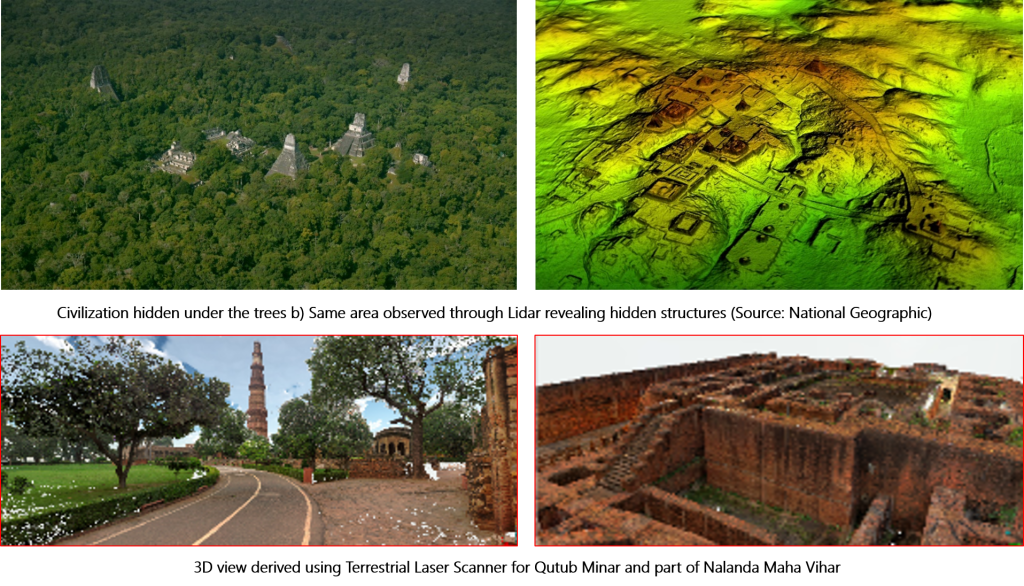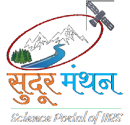The power of earth observation, proximal sensing, in-situ observations and their interpretation has tremendously increased, enabling us to perceive the invisible and gain fresh insights into the past and our own identity. Various studies have demonstrated that RS has played a significant role towards archaeological research and in developing a broad understanding of the past. This is because of their spatial resolution, temporal receptivity and spectral sensitivity of the observations to archaeological features that are strongly associated with surface, subsurface and buried. Through the use of passive and active sensors installed on satellites and unmanned aerial vehicles (UAV), researchers have gained insights as they are able to uncover new information and gain a deeper comprehension of archaeological landscapes/sites. Active RS (SAR and LIDAR) has the advantage over passive RS (multi-/hyperspectral) as it can penetrate the forest and find hidden archaeological landscapes in forest environments or buried desert sites. Archaeological studies also encompasses other observations ins-situ sensors/proximal sensors like Ground penetrating radar, ERT, electrical resistivity, etc., for geophysical prospecting and acoustic sensors like Sonar, multi beam bathymetry etc for underwater observations. The results obtained from satellite and aircraft remote sensing are reinforced and enhanced by combing them with in-situ observations and data from proximal sensors like Terrestrial LIDAR’s, GPR, and SONAR etc.
One of the example on use of Lidar in archaeological studies is unraveling the Maya civilization where the remains of more than 60,000 houses, palaces, elevated roads, and other man-made structures that had been concealed beneath the northern Guatemalan jungles for ages were discovered. Terrestrial Laser Scanners provide a quick 3 Dimensional data of the object/terrain and can be effective utilized to create a comprehensive digital documentation of heritage structures/monuments.

References
- https://mycoordinates.org/laser-scanning-in-archaeology-and-cultural-heritage-documentation/
- https://www.isro.gov.in/media_isro/pdf/Publications/book/Atlasfinal28pril_2023spread.pdf
- S. K. P. Kushwaha, Karun Reuel Dayal, Sachchidanand, S. Raghavendra, Hina Pande, Poonam S. Tiwari, S. Agrawal, S. K. Srivastava, 2018. 3 D Digital Documentation of a Cultural Heritage site using Terrestrial Laser Scanner – A case study” (https://doi.org/10.1007/978-981-13-7067-0_3)



